9 Tips for Managing Your Own Decorating Project
http://decor-ideas.org 11/11/2013 21:50 Decor Ideas
If you love interior design and want to tackle a decorating project on your own, goodness knows there are resources available to help you do everything under the sun. But somehow, despite our best intentions DIY home decorating projects often get waylaid — sometimes for months or even years at a time. Stay on track with these nine tips, covering everything from budgeting to shopping.

1. List specific, measurable goals for your project. One of the first things an interior decorator does is define the parameters of the project. When doing your own decorating, it's easy to justify skipping this step — but nailing down your goals now is essential to a successful project.
Answer these questions before you begin:
Which room or rooms will I be decorating?When do I want to have this project completed? What's my timeline?What is my budget?How do I want this room to look, feel and function when the project is done?Are there any specific issues I want to address in this space?Who will be making the decorating decisions: just me, or will I be collaborating with a partner or housemate?Might I actually need a pro to help?Written goals will help keep you on track — no veering off from your living room project to accessorize your kitchen!
Browse more than 2 million photos for inspiration
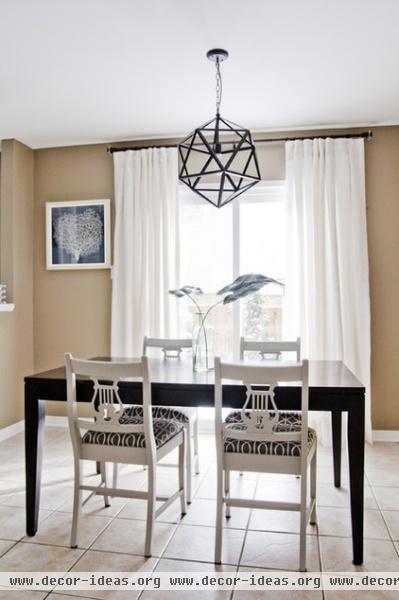
2. Draw up an item-by-item budget. Sticking to your budget is a science and an art, and it will not happen without some careful planning on your part. Start by making a master list of all of the items you plan to purchase for your room, including paint, jobs for a handyman and so on. Initially you will not have everything chosen yet, so you will need to estimate costs.
Think about the options for each item — for dining chairs, for instance, you could find a mismatched set at a yard sale and paint them yourself for a hundred bucks, you could go to Target or Ikea and spend a few hundred, or you could splurge on a designer set. Set your priorities and consider which items will be your splurge items and where you can pinch a few pennies.
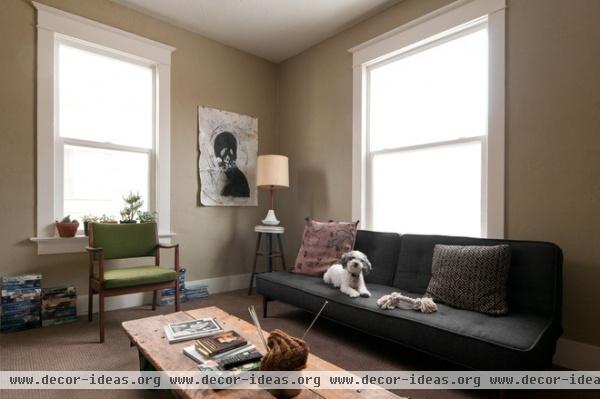
3. Be realistic about your lifestyle. A good decorator would steer you away from ordering silk or velvet upholstery if you have kids or furry friends — do yourself a favor and do a reality check for each design decision before committing. There is nearly always an alternative that will work with your scheme just as well (if not better than) your original choice. And you will thank yourself later!
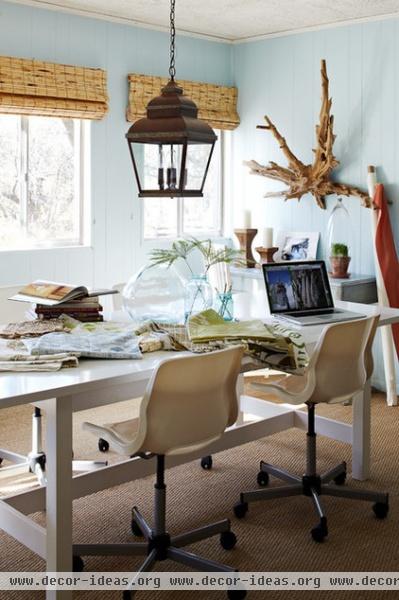
4. Order samples. During your initial shopping explorations, order samples of anything and everything you can that you are considering. Having fabrics, paint and wallpaper samples in hand will make those final decisions more likely to be a success. You cannot trust the colors on your computer screen!
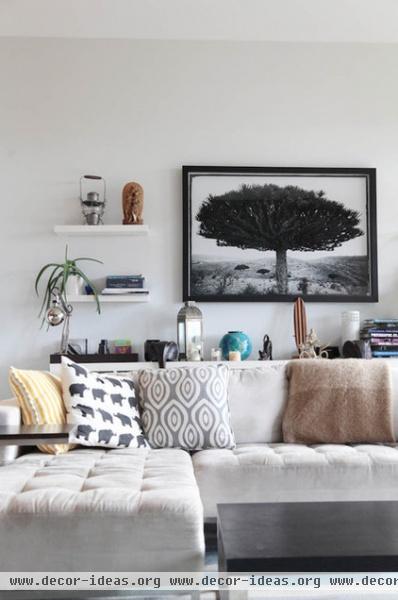
5. Go shopping. Once you have done the groundwork — and only then — will it be time to begin laying your money down. Be sure to check the return policies on everything before buying. If you are not sure about something, snap a picture of it to look at in your space.
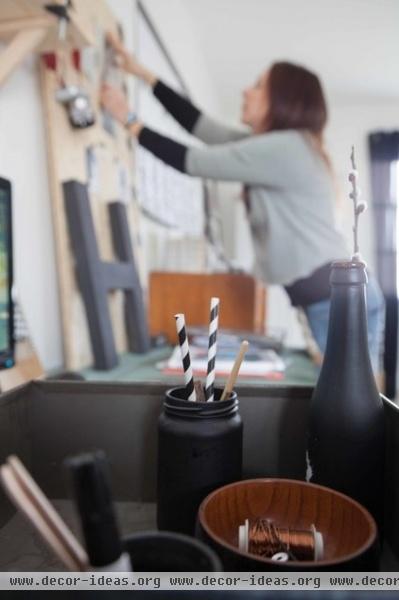
6. A little of this, a little of that ... It's important to take a breather midway through your decorating project to reassess. How are the things you have bought so far looking in your space? Is it coming together as you envisioned, or do you need to rethink some parts of your scheme? Are you sticking to your budget?
7. Anticipate setbacks. Every decorating project has its surprises — the important thing is to adjust to them, rather than steamrolling on no matter what. If, for example, you spent way more than you planned on the lighting, look for ways to cut costs elsewhere.

8. Stay busy while waiting for orders to arrive. The results of all of your hard work are on their way — use the downtime to complete some tedious but necessary tasks that will help your finished space look its best. Send out area rugs for cleaning, polish your wood floors, clean windows inside and out, clean window coverings and paint, and touch up trim. This point in the process is also a good time to sell or donate your unwanted furniture and accessories.

9. Don't settle. By the time your new furnishings actually arrive, you may be so tired of working on your project that you are tempted to let less-than-perfect products stay, rather than expend the energy needed to deal with them.
Don't do that. Mistakes happen, even to the pros, but a pro would never let a piece that just doesn't work stay in the space. Muster your strength and send the piece back — the sooner, the better.
Not ready to DIY? 3 Reasons Why You Might Need Want a Designer's Help
Find a Professional Decorator or Designer Near You
Related Articles Recommended












